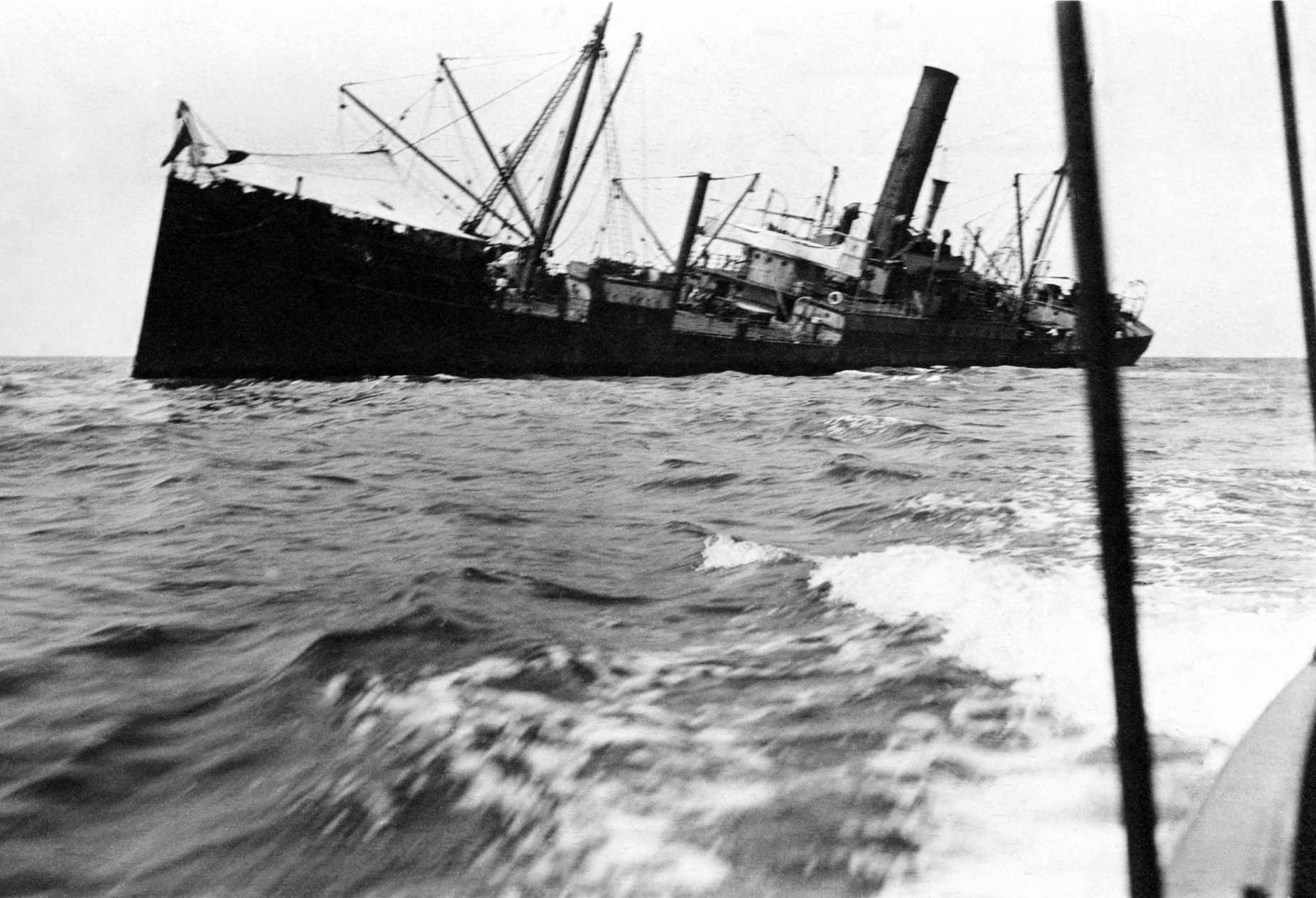Luganowreck in Miami Beach |
Details
Open Water
Minimum Recommended Certification
Access
Permanent Mooring Balls
GPS coordinates
25° 26.610' N
80° 07.180' W |
| Frequently visiting operators |
 |
Divers Paradise |
 |
Ace Diving |
🎥 Jonathan Bensman
Best Gas


| Diluent mix |
| Gas prices |
| Diluent tank | $35.50 |
| O2 tank | $10.00 |
| Closest standard mix | - |



| Gas mix |
| Gas prices |
| Aluminum 80 | $10 |
| Steel HP 100 | $10 |
| Steel LP 85 | $10 |
| Closest standard mix | - |
Wreck Details
| Steamer |
| Sunk date | March 9th, 1913 |
| 350 ft | 40 ft |
| Length | Beam |
Site Description
Route
Typical Conditions
Wreck History

Divers' Uploaded Pictures
Coming soon!